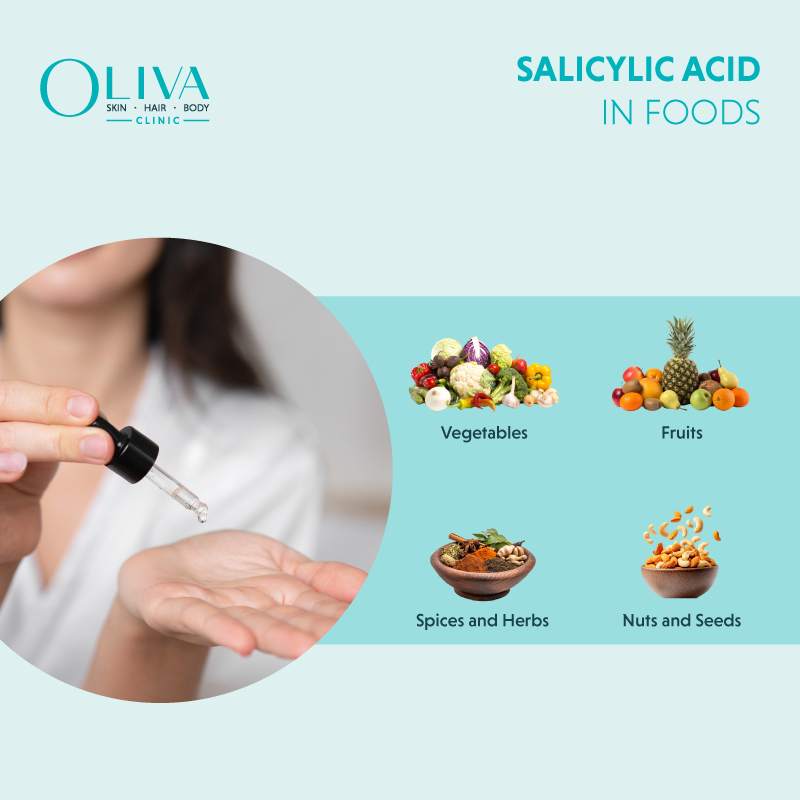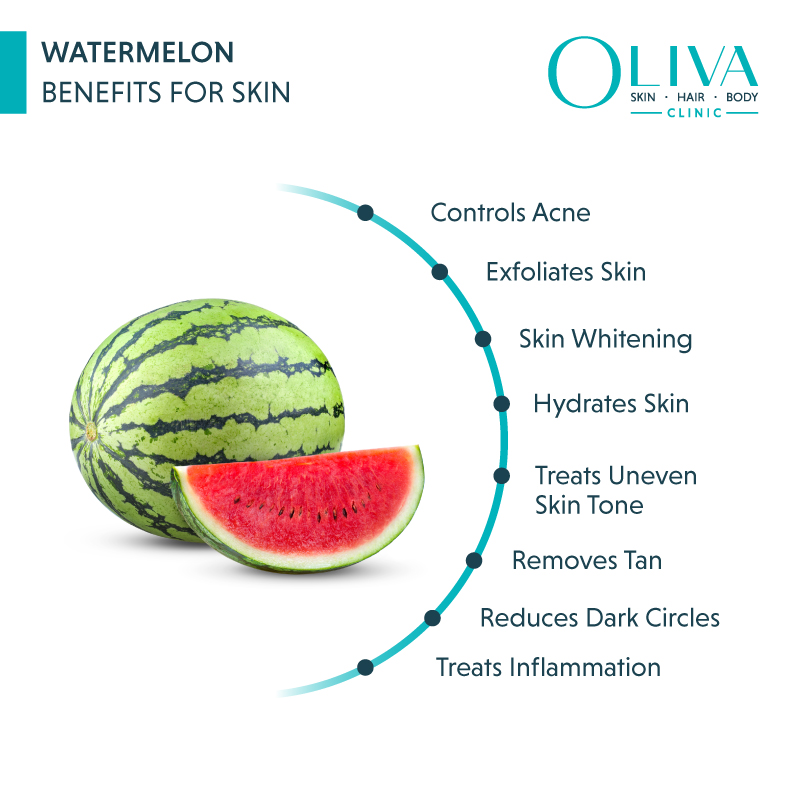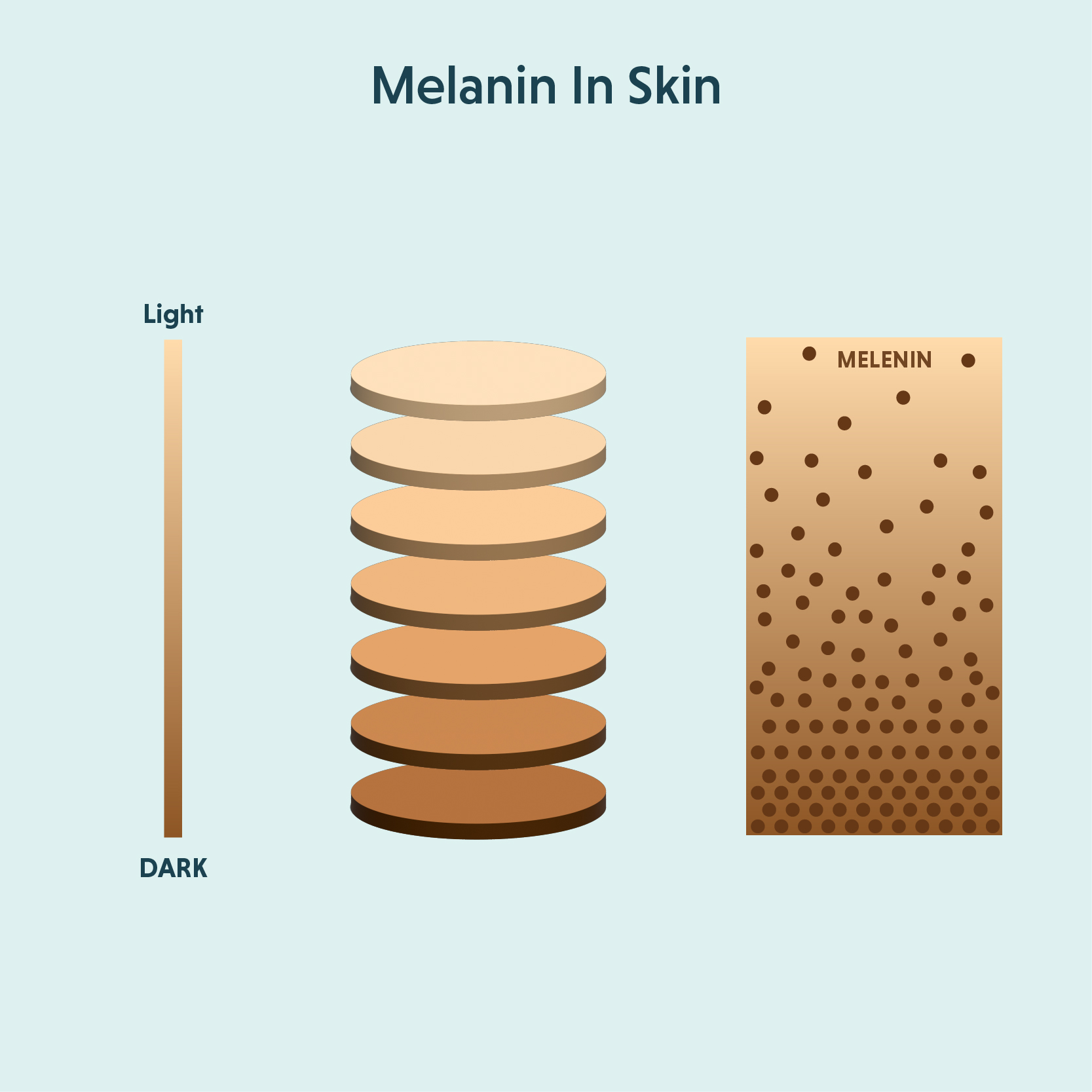Salicylic Acid in Foods: Top Sources, Benefits & Risks
Salicylic acid is a natural source and a powerful plant-based compound with numerous health benefits. It is great for improving skin and overall wellness. You can find salicylic acid in food like berries, cucumbers, spinach, and turmeric. Certain salicylic acid fruits and spices like paprika are also great salicylic acid sources. In this article, we will learn about how to include salicylic acid-rich foods in your diet and where salicylic acid is present in ingredients to support your skin naturally. [1]
In This Article

What Is Salicylic Acid?
Plants produce a substance called salicylic acid to protect themselves. This acid helps plants fight off insects, diseases, and other threats. Interestingly, humans have found a use for this plant chemical in pain-relieving medicines like aspirin. Further, salicylic acid is also present in nutritious berries, cucumbers, turmeric, and tea. However, they may not be suitable for everyone. Some individuals are sensitive to salicylates and might encounter adverse reactions, ranging from mild headaches to more pronounced digestive or respiratory distress. Thus, exercising caution is important.
How Can I Get Salicylic Acid Naturally?
You can [2] include more of the following fruits and vegetables for salicylic acid:
Foods With High Salicylic Acid include:
1.Vegetables
Salicylic acid [3] is present in vegetables such as broccoli, cauliflower, cucumber, mushrooms, radishes, spinach, zucchini, eggplant, and peppers.
2.Fruits
Berries, particularly raspberries and blueberries, are rich in salicylates. Other fruits like apples, dates, grapes, and dried fruits also contain varying amounts of this compound.
3.Spices And Herbs
Turmeric, paprika, thyme, and curry powder are packed with salicylates.
4.Nuts And Seeds
Nuts and seeds that contain significant amounts of salicylates include almonds, peanuts, pine nuts, and pistachios.
5.Other Foods
Almonds, olive oil, and honey also contain naturally occurring salicylates.
You can easily include these foods into your daily meals and snacks. Remember, moderation is key. While these foods offer potential health benefits, excessive consumption of salicylates can lead to adverse reactions in some individuals. Listen to your body and adjust your intake accordingly.
Salicylic Acid-Free Foods
Those sensitive or allergic to salicylates must choose foods without salicylic acid. Some foods have minimal amounts of salicylic acid and are considered safe for those with salicylate sensitivity. Let us look at some such foods:
-
Meats
Meat products that are unprocessed and unseasoned, including beef, fish, poultry, and lamb, do not contain salicylates.
-
Milk
All types of milk and dairy foods generally have no salicylates.
-
Chives
Salicylic acid present in chives is rare, making them a good choice for those with salicylate food sensitivity.
-
Cereal
Plain cereals may have no salicylates. Always check the ingredient labels before consumption because certain cereals or snacks may contain more salicylates as they mostly contain peanuts or almonds.
Before you start eliminating fruits, vegetables, or other nutrient-dense foods from your diet, you should consult an experienced nutritionist who can give you the right suggestions for managing your food sensitivities.
Who Should Avoid Salicylic Acid Foods?
Similar to Mediterranean, vegetarian or vegan diets, diets rich in salicylates have been shown to offer important health benefits-especially a lower risk for cancer, heart disease, and diabetes. Most people can eat foods containing salicylic acid without any consequence, but some people may need to limit or avoid eating these foods, [4] including:
-
People With Salicylate Sensitivity:
This condition, a significant reduction in the body’s ability to metabolise salicylates, may lead to several symptoms, including headaches, asthma, gastrointestinal upset, diarrhoea, and skin rash. If these symptoms arise after eating salicylate-rich foods, seeing a clinician for assessment and/or advice is important.
-
People Who Take Blood Thinners:
Because salicylates are blood-thinning substances, those on blood-thinning medicines must exercise caution.
-
People With Asthma:
Some people with asthma may experience worsened symptoms after eating foods high in salicylates.
-
Pregnant And Breastfeeding Women:
Expecting and breastfeeding mothers are often advised not to eat so many salicylates, just to be cautious.
Symptoms Of Salicylate Sensitivity:
People with salicylate sensitivity might experience a range of symptoms that also vary in severity. Some of them include:
- Respiratory Symptoms: nasal dryness, nasal congestion, runny nose, sinusitis, asthma, and/or shortness of breath.
- Cutaneous Symptoms: hives, rashes, itch, eczema, or flushing of the skin.
- Gastrointestinal Symptoms: abdominal pain, nausea, diarrhoea, gas, or bloating and in some cases, colitis (colon inflammation).
- Other Symptoms: such as headaches, fatigue, and swelling of the hands, feet, or face, can also occur, and anaphylaxis in very rare cases.
It is best to consult a nutritionist before including salicylic acid in your diet.
Strategies For Managing Salicylate Sensitivity:
Upon having a salicylate sensitivity diagnosis, you can consider several steps to help manage the condition:
-
Identify And Avoid Foods That Trigger Sensitivity:
Keep a careful food diary to track your diet and identify which foods trigger symptoms. Common food items include berries, tomatoes, citrus fruits, spices, and certain processed foods.
-
Choose Alternatives With Low-Salicylates:
Eat foods low in salicylates, such as pears, bananas, carrots, and most grains.
-
Scrutinise Processing Labels:
Be careful when consuming processed foods, as they may contain some salicylate in their flavourings, preservatives, and colouring.
-
Consult A Nutritionist:
A registered nutritionist can help you design a proper and nutritious eating plan to manage salicylate intake and ensure your diet contains all necessary nutrients.
When adapting to a salicylate-free diet, you will find that individual tolerance to salicylates begins early but lowers over time. So, it is important to note your body’s response to these foods and change dietary response when necessary. It is best to consult a nutritionist.
Sample Diet Plan For Salicylic Acid-free Diet
A salicylic acid-free diet [5] avoids foods high in salicylates, a natural compound in many plants and is good for people with sensitivities or allergies to salicylates.
| Meal | Food Items |
| Breakfast | Plain oatmeal with rice milk and a side of mango. |
| Mid-Morning Snack | Pear slices or handful of macadamia nuts. |
| Lunch | Grilled chicken breast salad with lettuce, cucumber, and a vinaigrette dressing. |
| Afternoon Snack | Hard-boiled egg or Handful of pumpkin seeds. |
| Evening Snack | Plain yoghurt with a drizzle of honey. |
| Dinner | Chicken stir-fry with rice noodles and low-salicylate vegetables like bok choy and bean sprouts. |
Takeaway
Salicylic acid is a naturally occurring compound in many plants, but some people may experience sensitivity or allergic reactions. There are numerous natural sources of salicylic acid, but salicylic acid present in fruits and vegetables can confer health benefits if consumed in moderation.It is critical to seek medical guidance to properly diagnose and treat salicylate sensitivity by developing an individualised diet plan that meets your needs and ensures you receive the necessary nutrients. Consult a nutritionist today!
Frequently Asked Questions
Salicylic acid is found naturally in many fruits, vegetables, and spices. Some of the highest salicylate-containing foods include berries, citrus fruits, tomatoes, peppers, spices like curry and turmeric, and dried fruits.
Apples are a natural source of salicylic acid. They contain a small amount of this compound, primarily in the skin.
Yes, salicylic acid can be used in food as a preservative. When used in small amounts, it is generally recognised as safe (GRAS) by the U.S. Food and Drug Administration (FDA).
Dried fruits like raisins and prunes have the highest salicylic acid content. Among fresh fruits, berries (especially raspberries) are considered to have high levels of salicylates.
No, as it can raise safety concerns.
Some individuals are sensitive or allergic to salicylates, which can cause various symptoms, such as headaches, asthma, digestive issues, and skin reactions. Avoiding salicylates can help manage these symptoms and improve overall well-being for those affected.
A low-salicylate diet is not necessary for everyone. Salicylates, which are natural compounds, are found in many plants. It can have health benefits for most people, including anti-inflammatory and pain-relieving properties.
The natural ingredient in salicylic acid is salicin, which is found in the bark of willow trees and other plants. Salicin is converted to salicylic acid in the body, which acts as an anti-inflammatory and pain reliever.








